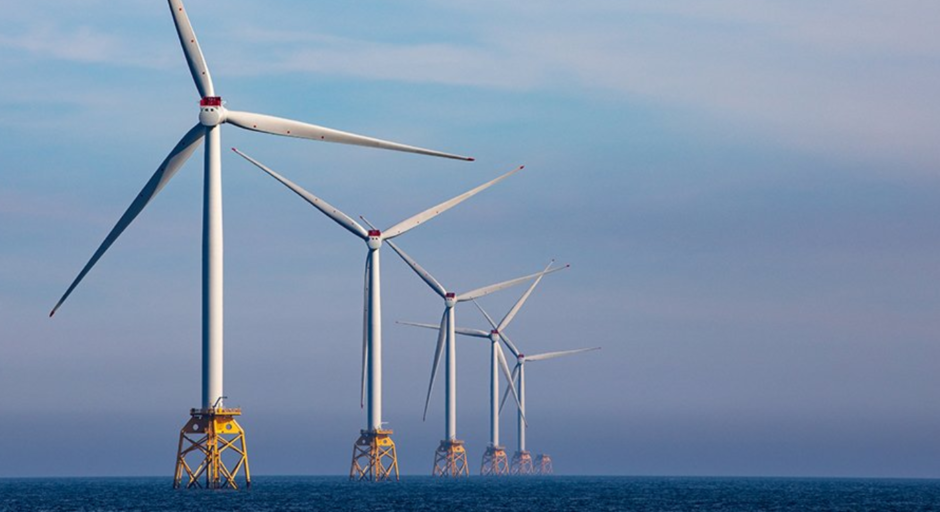
An influx of new offshore wind farms around the world is set to draw $840 billion of investments over the next two decades, the International Energy Agency said.
The Paris-based institution’s outlook for additions of 20 gigawatts of new offshore capacity a year still won’t be enough to hit global climate targets. Capacity additions would need to be near to 40 gigawatts a year in the next decade, adding over $1.2 trillion of investment, the IEA said in a report on Friday.
The machines sited in water could provide more electricity than there is demand in a number of places including Europe, the U.S. and Japan, according to the agency’s report. The technology has boomed in recent years, particularly in the U.K., and is set to grow in new markets such as the U.S. and China.
While current offshore wind projects are limited to relatively shallow waters, new floating turbines could allow developers to go expand their reach, with the potential to meet total electricity demand 11 times over. The Paris-based organization that advises rich nations on energy policy said the industry now centered in northern Europe will 15-fold globally by 2040.
The world had almost 22 gigawatts of offshore wind installed in 2018, and that’s likely to more than double by 2022, according to BloombergNEF data. It expects 2030 capacity of 177 gigawatts. The IEA’s forecast for new offshore wind capacity may be overly optimistic, according to BNEF wind analyst Tom Harries.
“It’s a struggle to see how they can get to that number given the pipeline of work that we see out to 2030,” Harries said.
By meeting the IEA forecasts, offshore wind could avoid as much as 7 billion tons of CO2 emissions from the power sector and reduce air pollution the agency said.
Recommended for you
